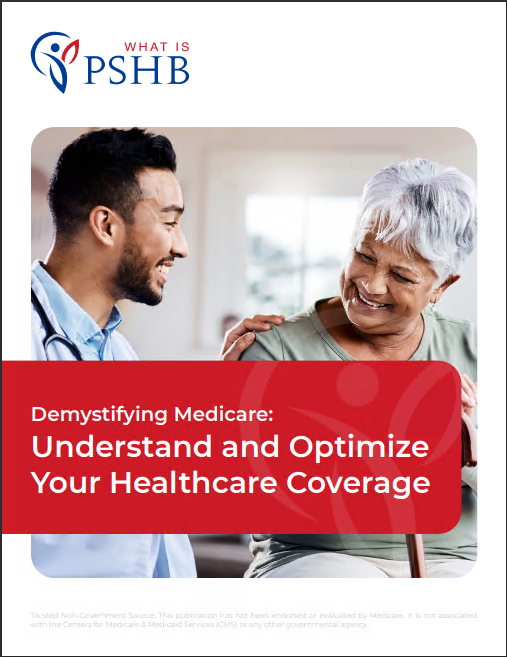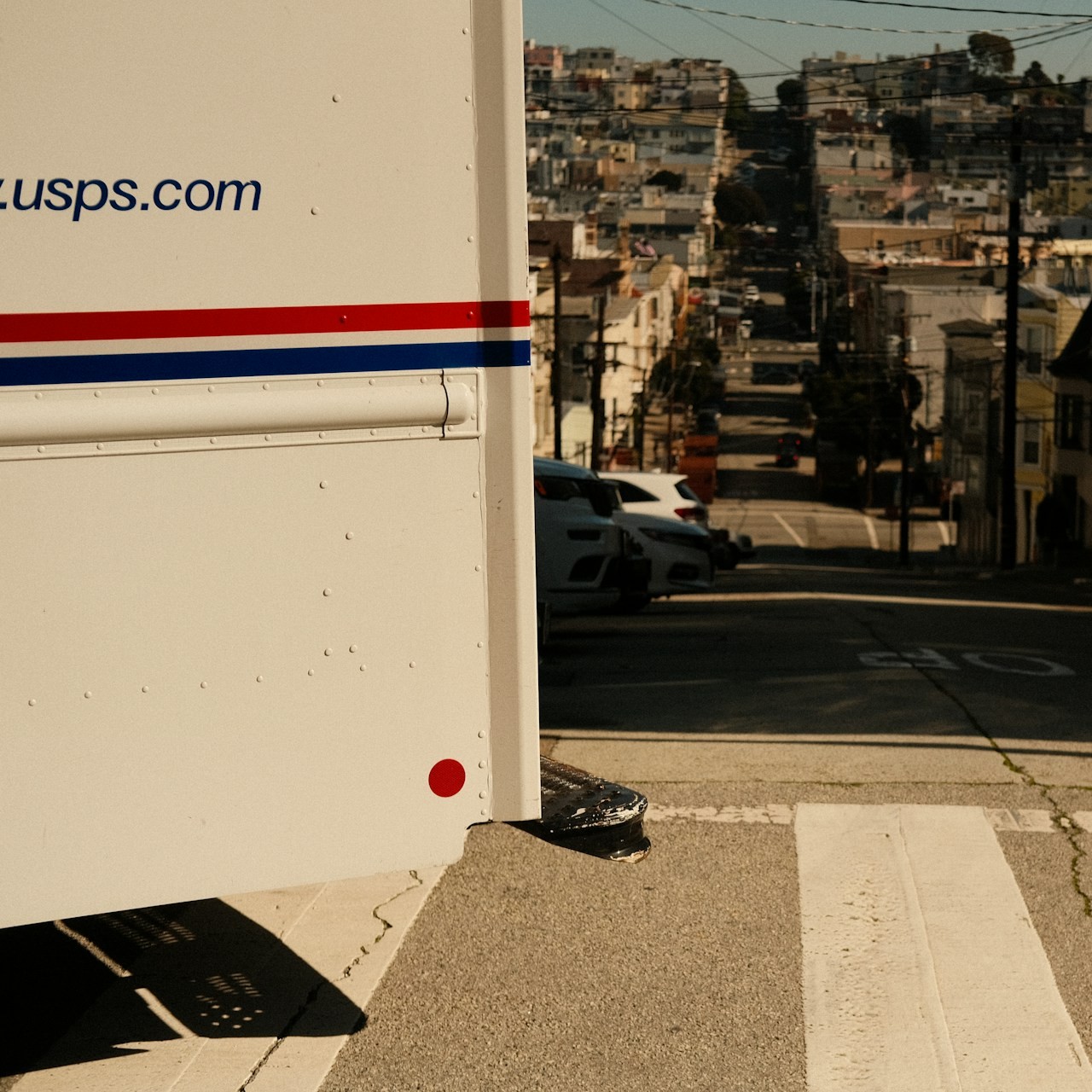Key Takeaways:
- Postal retirees need to enroll in Medicare Part B by the end of the Special Enrollment Period (April 1 to September 30, 2024) to maintain PSHB coverage starting January 1, 2025.
- The PSHB program will replace FEHB coverage for postal retirees, requiring them to make important decisions about Medicare and health benefits before 2025.
What Postal Retirees Need to Know About PSHB and Medicare – The Crucial Details You Can’t Miss
Postal retirees are facing significant changes as the Postal Service Health Benefits (PSHB) Program becomes mandatory starting January 1, 2025. This transition is part of the broader Postal Service Reform Act (PSRA) of 2022, and it brings with it new obligations for retirees regarding their health insurance, particularly Medicare enrollment. With the deadline approaching, it’s crucial to understand how the PSHB integrates with Medicare, what actions retirees need to take, and how these changes could affect their health coverage.Understanding the PSHB: A New Healthcare Chapter for Postal Retirees
The PSHB will replace the existing Federal Employees Health Benefits (FEHB) Program for postal employees and retirees. Postal retirees who have been relying on FEHB plans will now have to transition to PSHB. This shift is intended to create a more tailored healthcare plan for postal workers, retirees, and their families. However, this transition is not automatic, and it introduces new requirements, particularly for Medicare-eligible retirees. If you or a family member is eligible for Medicare, enrolling in Medicare Part B is mandatory under PSHB. This requirement marks a significant departure from the previous flexibility under the FEHB, where Medicare enrollment was optional.Medicare Part B: Why It Matters for Postal Retirees
One of the most crucial details postal retirees need to understand is the role of Medicare Part B. If you’re 65 or older and enrolled in PSHB, you must also enroll in Medicare Part B by January 1, 2025, to maintain your health benefits. Medicare Part B covers doctor visits, outpatient services, and preventive care, which works in conjunction with your PSHB plan. Postal retirees who delay signing up for Medicare Part B could face penalties and a loss of PSHB coverage. The integration between Medicare and PSHB means that Medicare Part B becomes the primary payer, and your PSHB plan acts as secondary coverage. This helps reduce out-of-pocket costs and provides more comprehensive coverage overall.Key Dates to Remember: The Special Enrollment Period (SEP)
To help retirees transition smoothly to the new PSHB system, the U.S. Postal Service has set up a one-time Special Enrollment Period (SEP). This SEP runs from April 1, 2024, to September 30, 2024, giving retirees ample time to enroll in Medicare Part B without penalties. Missing this enrollment window could lead to higher premiums and potential coverage gaps under the PSHB program. Postal retirees who do not enroll in Medicare Part B during this SEP may face a lifetime late enrollment penalty. This penalty could significantly increase Medicare Part B premiums, and retirees may find themselves paying more for healthcare than necessary.Financial Implications: Balancing Medicare Part B Premiums
The shift to PSHB and the requirement to enroll in Medicare Part B brings new financial considerations. Medicare Part B requires a monthly premium, which can vary based on your income. While enrolling in Part B might seem like an added cost, it’s important to remember that Medicare Part B will now serve as your primary insurance, with PSHB as secondary coverage. This coordination between Medicare and PSHB can help reduce your overall healthcare expenses. Medicare Part B will cover most outpatient and physician services, while PSHB will cover additional costs like copayments, coinsurance, and other services not covered by Medicare. The combined coverage offers greater financial protection in the long run, despite the upfront costs of Medicare Part B premiums.How PSHB and Medicare Work Together
Starting in 2025, Medicare-eligible retirees will need to understand how their PSHB plan and Medicare work together. The integration of these two programs is designed to ensure that retirees receive comprehensive healthcare coverage. Medicare Part A (hospital insurance) and Part B (medical insurance) will cover many healthcare services, and the PSHB plan will help cover what Medicare doesn’t, such as copayments and coinsurance. For retirees, this means that Medicare becomes the first payer, while PSHB will act as a secondary insurance, filling in the gaps and covering extra costs. This coordinated care can be especially beneficial for those who need frequent medical care, as the combination of Medicare and PSHB will lower overall out-of-pocket costs.What If You’re Not Yet Medicare-Eligible?
Postal retirees who are not yet eligible for Medicare Part B, typically those under 65, will continue to have PSHB coverage until they reach Medicare eligibility. Upon turning 65, these retirees must enroll in Medicare Part B to maintain their PSHB coverage. It’s essential to plan ahead and enroll as soon as possible once you become eligible to avoid any disruptions in coverage. For retirees who continue working past 65 and have coverage through their employer, the transition to Medicare and PSHB will happen later. It’s essential to stay informed and understand when your PSHB plan will require you to enroll in Medicare to avoid penalties or lapses in coverage.Preparing for the Transition: What Retirees Should Do Now
The transition to PSHB is significant, and it requires careful planning. Here are steps retirees should take to ensure they’re prepared:- Review Your Medicare Enrollment Status: If you’re not enrolled in Medicare Part B, mark your calendar for the Special Enrollment Period (April 1 – September 30, 2024). This will be your best opportunity to sign up for Medicare Part B without facing late enrollment penalties.
- Understand Your Costs: Review the premiums for Medicare Part B based on your income level and plan your budget accordingly. Remember that while Medicare Part B requires a monthly premium, it will cover many essential services, reducing your overall healthcare costs when combined with PSHB.
- Attend Information Sessions: The U.S. Postal Service and other organizations are holding educational webinars and sessions to help retirees understand the upcoming changes. Participating in these sessions will give you the most up-to-date information and help you make informed decisions about your healthcare coverage.
- Consult with a Licensed Insurance Agent: If you have questions about your specific situation, consulting with a licensed insurance agent can help. They can provide personalized advice and help you navigate the complexities of Medicare and PSHB.












